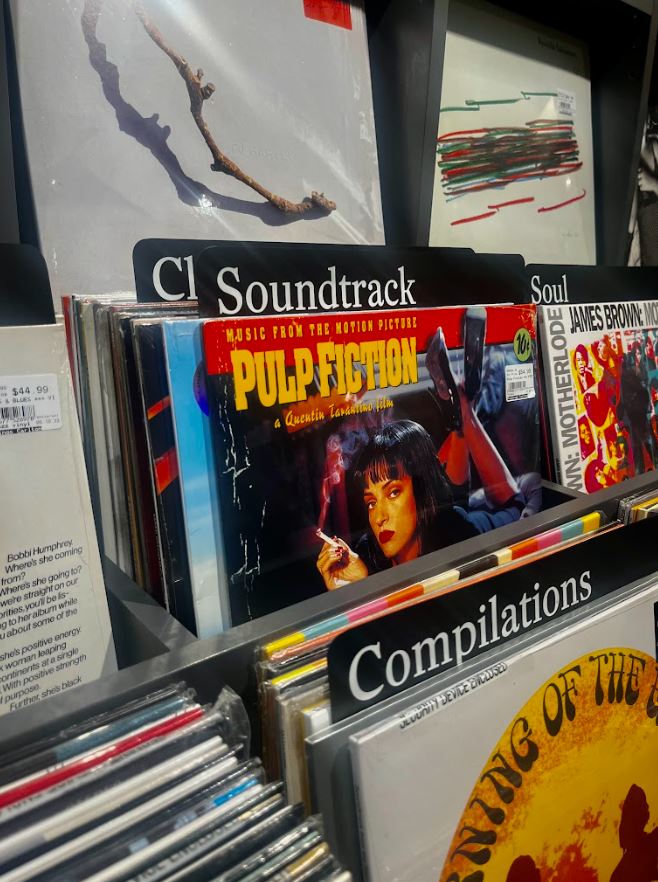Through listening to music, we can comfort ourselves, express emotions or wind down after a long day. However, as we lose ourselves in music, we unknowingly contribute to something that demands a much closer listening to: how each note costs the environment.
Most people use subscription services and despite a drop during the coronavirus pandemic, it still remains the main way Australians interact with music. Notably, this is the way of listening to music that people don’t correlate with a negative environmental effect. However, listening to music through streaming services, putting on your favourite CD, or playing that old vinyl that you found, all produce carbon emissions while you listen.
Physical ways to listen to music like vinyl records and CDs, are most commonly attributed with this negative effect, given that the products themselves are made from plastic. During the pandemic, vinyl albums enjoyed their biggest recent single year increase. However, CD albums have steadily been declining as they have been phased out.
Now that we understand that paid subscription services are the main way Australians listen to music, let’s take a closer look at the breakdown of streaming services by downloads.
As expected, Spotify holds the clear market share, being created nine years earlier than their next closest competitor. However, the most evident takeaway from this data, is that different audiences often have their own niche services that provide the listening experience that they’re after. YouTube obviously has a large audience through their video sharing platform that has grown over 18 years. However over half a dozen unique and niche apps have over one million downloads respectively.
Now, for the reason you clicked on this article – what is the most harmless way you can listen to music? Well, that actually depends on how long you plan on listening for.
If you’re only listening for an hour, vinyl records are the worst, over three times as harmful as listening to a CD. Despite this difference, CDs are still far more harmful than streaming music for an hour.
The difference, of course, is that physical formats produce a mostly set amount of carbon emissions no matter how long you listen to music on them. Meanwhile, the carbon emissions from streaming only increase with time. Once you listen for over five hours, CDs are actually more environmentally friendly than streaming, while that figure is 18 hours for vinyl records.
We can now put some context to how different ways of listening to music produce carbon emissions. Through our day to day activities we each produce just under 5t of carbon emissions (CO2) annually. However, that’s nowhere close to how many tonnes of carbon emissions that The Kid LAROI is responsible for through the Spotify streams of his hit song ‘Stay’. Driving 30,000km in a gasoline car (or from the MCG to Optus Stadium over 8 times), gets us to 1,000t of carbon emissions. But this still isn’t close to the carbon emissions of the song ‘Stay’.
If you were to take the longest direct flight from Melbourne Airport to Dallas-Fort Worth Texas and back, 1,000 times, you’d still fall short by over 800t to the whopping 5,812t of carbon emissions produced by the song ‘Stay’.
So the next time you see a hit song get released and see the amount of streams it’s gathering, think about how many times you could fly to Texas before you reach the carbon emissions of that song.
(Hint: It’s 5t per round trip).
Photo captured by Vi Truong.

